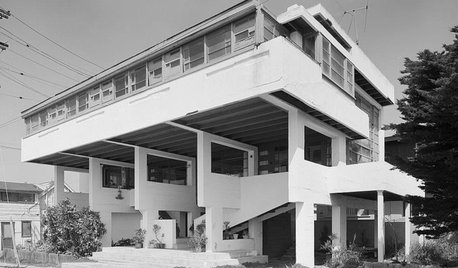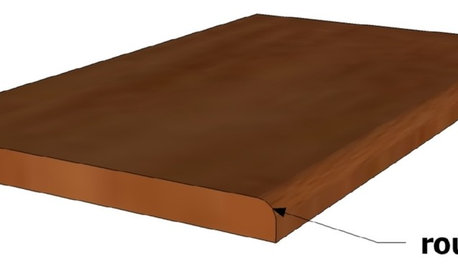R22 vs R410 Coolant
fmiddl
17 years ago
Related Stories

VACATION HOMESWorld of Design: 10 Great Escapes Built for R&R
These vacation homes from around the globe will make you want to take flight
Full Story
COTTAGE STYLEHouzz Tour: Cozy Country Cottage Provides a Family’s R&R
An Australian interior designer updates a 1900s home for escapes from the city
Full Story
MAN SPACESHouzz Tour: 'Hobbit House' in Pennsylvania Countryside
This tiny Pennsylvania cottage and private museum takes its inspiration from J.R.R. Tolkien's fantasy world
Full Story
GREEN BUILDINGInsulation Basics: Heat, R-Value and the Building Envelope
Learn how heat moves through a home and the materials that can stop it, to make sure your insulation is as effective as you think
Full Story
HISTORIC HOMESMust-Know Modern Homes: The Lovell Beach House
R.M. Schindler redefined architectural space through form. See how this striking California home influenced modern architecture to come
Full Story
DESIGN DICTIONARYRoundover
Softening the edge of a table, shelf or frame, roundovers have curve appeal
Full Story
DESIGN DICTIONARYRough Hewn
Rough-hewn wood may look like it needs to go to finishing school, but a coarse look is the point
Full Story0


DESIGN DICTIONARYRivet
Industrial-looking rivets are one type of metal fastener, permanently connecting materials
Full Story0

DESIGN DICTIONARYRuche
Lovely pleats of fabric embellish pillows, upholstery and bedding thanks to ruching
Full Story0






bob_brown
pyropaul
Related Professionals
Half Moon Bay Solar Energy Systems · New Canaan Solar Energy Systems · Reedley Solar Energy Systems · Chattanooga Home Automation & Home Media · Franklin Home Automation & Home Media · Lincolnwood Home Automation & Home Media · Pittsburgh Home Automation & Home Media · Rowland Heights Home Automation & Home Media · Skokie Home Automation & Home Media · Stamford Home Automation & Home Media · Waukegan Home Automation & Home Media · Westminster Home Automation & Home Media · Hoffman Estates Fireplaces · Lone Tree Fireplaces · Quincy Fireplacesfunnycide
bigfunky
bob_brown
brandx35_hotmail_com
jdb52
bob_brown
brandx35_hotmail_com
fmiddlOriginal Author
bob_brown
pyropaul
dallasbill
vstech
pyropaul
bob_brown
klabaach
pyropaul
davefr
guyinacoldhouse
blacknumber1
bob_brown
dallasbill
bob_brown
dallasbill
daft_punk
vstech
guyinacoldhouse
iggie
scott2006
ocie
pyropaul
nhahn_fedsig_com
daddo
garyg
pip_seeker_yahoo_com
Danielmease_comcast_net
hottoddy_bex_net